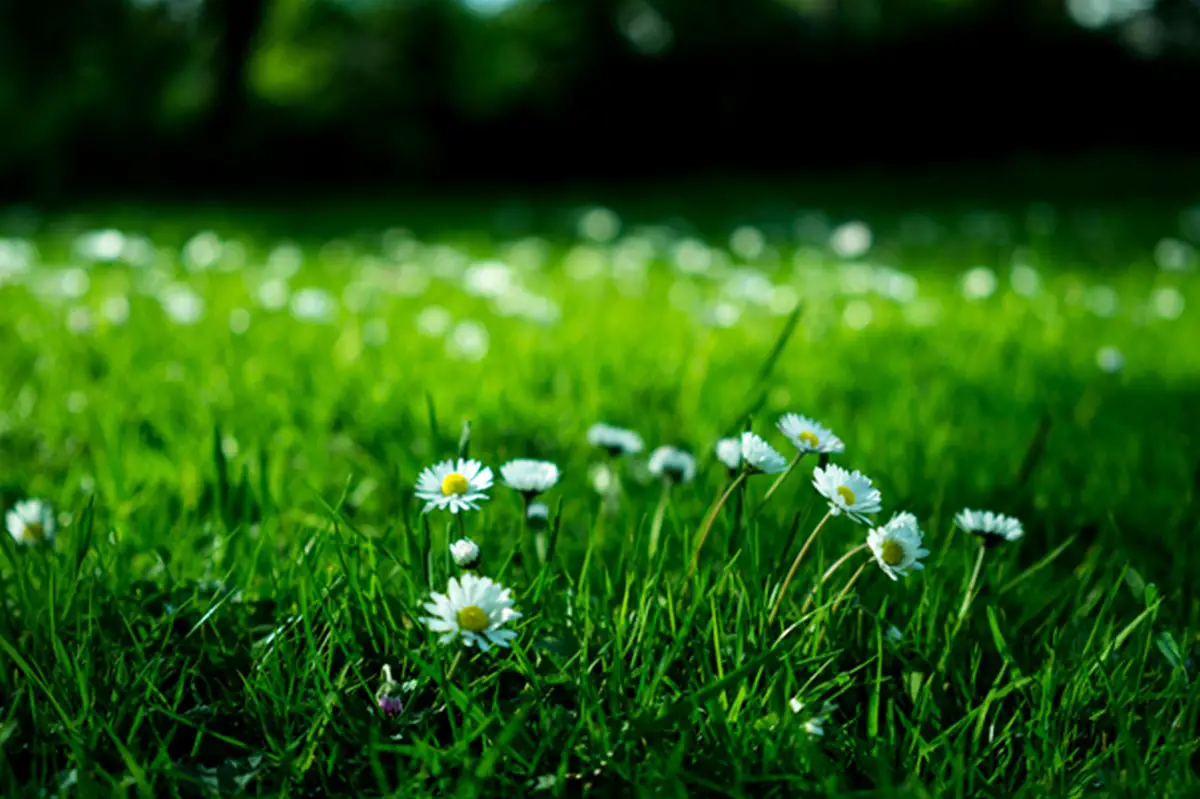Protecting your garden from pests guide for new homeowners, Home garden bugs control advice
Protecting Your Garden From Pests Guide
5 March 2024
Protecting Your Garden From Pests: A Guide for New Homeowners
Data from the National Institute of Food and Agriculture (NIFA) shows that pests cause the loss of 20 to 40 percent of crop production worldwide every year. The numbers highlight the destructive impact of pests when left unchecked.
For homeowners, preventing pests can be easier said than done, especially when you have plants outdoors. To help you protect your garden, we outline simple tips that will help you keep your plants healthy and pest-free.
Dangerous Pests in Your Garden
Harmful pests are insects or other animals that eat the roots, leaves, or flowering parts of plants or crops. It is crucial to know these harmful pests and develop a plan for removing them from your garden as soon as possible. Otherwise, they could multiply and spread to other parts of your home, not only outdoors.
The following are the most common pests that you may find in your home:
- Slugs
- Earwigs
- Aphids
- Termites
- Flies
- Grasshoppers
- Caterpillars
- Mosquitoes
- Mealybugs
- Hornworms
- Stink bugs
Moreover, insects are not the only pests you must watch out for. Homeowners should also look out for small wildlife that can wreak havoc on their gardens, including the following:
- Rabbits
- Chipmunks
- Rats
- Raccoons
- Mice
How To Protect Your Garden From Pests
If you want to eliminate pests or prevent them from invading your garden, you must take simple measures to protect your home.
Below are simple tips that can help you keep your garden pest-free:
Set up barriers
You must set up garden barriers that will separate pests from your beloved plants. You can use floating row covers or an insect mesh to stop harmful pests from getting near your crops.
Allow covers to rest on your plants or set them on hoops. Another option is securing the covers around the edges so pests cannot get to the crop by walking at the soil level.
Covers and barriers can be effective for brassicas. They can keep caterpillars, carrot flies, aphids, and squash bugs from touching your plant.
Attract “good” bugs
Not all bugs harm plants. Some help control pests by eating them. You want to attract these bugs into your garden by growing the flowers they like, including yarrow, dill, or cosmos. By growing these crops among your plants or next to your vegetables, you will get the maximum value out of “good” bugs.
If you see the following insects in your garden, it means you have a natural line of defense against harmful pests:
- Ladybugs
- Praying mantises
- Bumblebees
- Green lacewings
- Damsel bugs
- Wasps
- Dragonflies
Other non-insects that are equally helpful in your garden include the following:
- Toads
- Bats
- Salamanders
- Garter snakes
- Spiders
- Turtles
- Lizards
Note that an excess of the helpful insects will be an issue if they infiltrate your house. Make sure to keep them in your garden to control their spread.
Plant outside peak times
If you want to grow vegetables in your garden, one way to keep pests away is to plant outside peak times for their specific pests. For example, flea beetles that chew holes in the leaves of brassicas are active in midsummer. To avoid these pests, plant your mustards and Asian greens in the fall when there are fewer beetles. You can also choose to grow the vegetables just before the peak season of the pests.
This strategy works well for planting fast-growing vegetables or crops that do not take months to grow.
Move plants out of harm’s way
You can also lower the risk of pests by moving crops out of harm’s way. If you are growing vegetables, plant carrots and cabbage family crops in pots at least above ground where low-flying flies are milling about. You can also use raised pots to reduce problems with slugs and other soil-dwelling insects.
Another strategy is to start seedlings off under cover in pots. This way, you can avoid early setbacks due to pigeons and slugs. When you move them to bigger pots, the plants will be healthier, bigger, and more capable of shrugging off minor pest attacks.
Build soil health
Remember that healthy soil produces healthy plants with strong immune systems. This advantage means your plants will have a better chance of fighting off diseases and pests.
If you are committed to growing healthy crops, you must remember that soil is a complex food web and a diverse ecosystem. The ground where your plant is growing controls the supply of nutrients, air, and water in your garden.
Healthy soil also ensures that all your hard work taking care of your plants pays off at the end of the day. Without it, you can slave the day away, planting and watering only to produce unhealthy crops.
Grow Healthy Plants in Your Garden
While some insects can benefit your beloved garden, harmful insects and certain wildlife can consume and destroy your hard work. Moreover, your garden might give other dangerous pests access to your home, where they become a threat to your family and your property.
Through strategic planting and thoughtful preventive practices, you can avoid infestations from occurring. Remember these pest management tips so you can grow healthy crops without risking infestations.
Comments on this guide to Protecting Your Garden From Pests: A Guide for New Homeowners article are welcome.
Home Garden Designs
Home Gardens Posts
Essential Principles of Landscape Architecture
Illuminating landscape: landscaping lights
Thomas Baskind Landscape Design Tips
Home garden creative gardening ideas
Building Articles
Residential Architecture
Comments / photos for the Protecting Your Garden From Pests: A Guide for New Homeowners page welcome.





